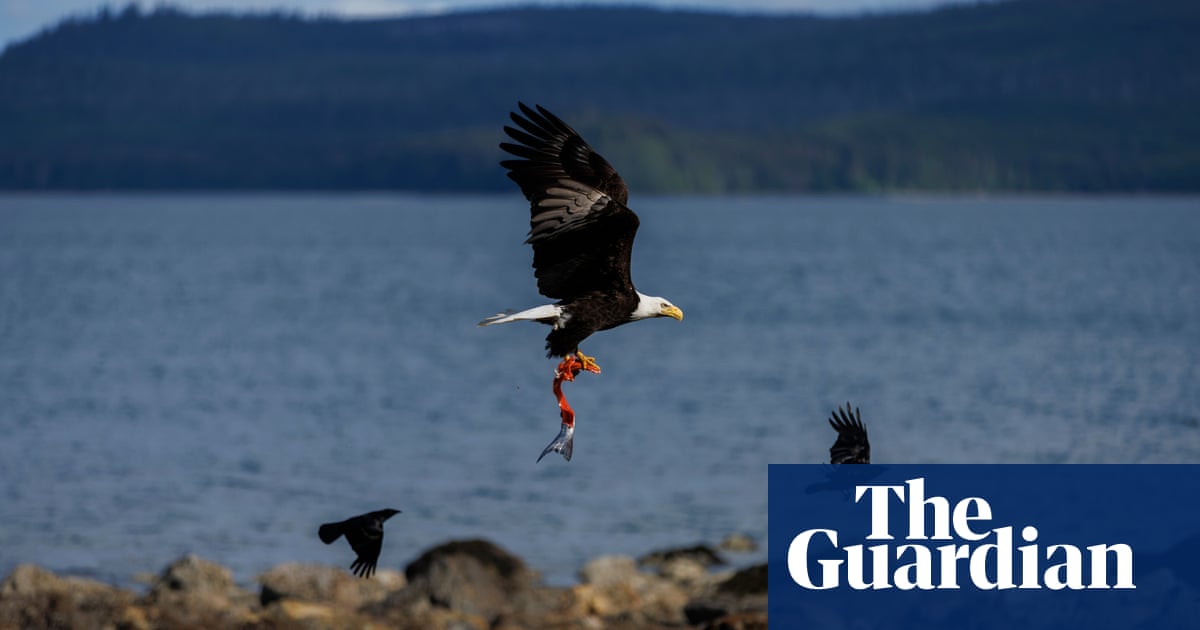Slavery among Native Americans in the United States
https://en.wikipedia.org/wiki/Slavery_among_Native_Americans_in_the_United_States
Traditions of slavery by Native Americans
Many Native-American tribes practiced some form of slavery before the European introduction of African slavery into North America.[2][3]
The Haida and Tlingit Indians who lived along the southeastern Alaskan coast were traditionally known as fierce warriors and slave-traders, raiding as far as California. Slavery was hereditary after slaves were taken as prisoners of war. Among some Pacific Northwest tribes, about a quarter of the population were slaves.[5][6] Other slave-owning tribes of North America were, for example, Comanche[7] of Texas, Creek of Georgia, the fishing societies, such as the Yurok, that lived along the coast from what is now Alaska to California; the Pawnee, and Klamath.[8]
Some tribes held people as captive slaves late in the 19th century. For instance, "Ute Woman", was a Ute captured by the Arapaho and later sold to a Cheyenne. She was kept by the Cheyenne to be used as a prostitute to serve American soldiers at Cantonment in the
Circles
Posts
Leyland Cecco - ‘Crabs everywhere’: off Canada’s Pacific coast, Indigenous Haida fight a host of invasive species:
https://www.theguardian.com/environment/2023/oct/23/crabs-everywhere-haida-gwaii-canada-wilderness-indigenous-haida-fight-invasive-species
#LyellIsland #AthliiGwaii #Haida #Crabs #InvasiveSpecies #Rats #Extinction #Biodiversity #GeneticDiversity #Diversity #Predators #BlacktailDeer #Ecosystems #EnvironmentalScience #Ecology
Videos
Circles
Videos
Posts
Slavery among Native Americans in the United States
https://en.wikipedia.org/wiki/Slavery_among_Native_Americans_in_the_United_States
Traditions of slavery by Native Americans
Many Native-American tribes practiced some form of slavery before the European introduction of African slavery into North America.[2][3]
The Haida and Tlingit Indians who lived along the southeastern Alaskan coast were traditionally known as fierce warriors and slave-traders, raiding as far as California. Slavery was hereditary after slaves were taken as prisoners of war. Among some Pacific Northwest tribes, about a quarter of the population were slaves.[5][6] Other slave-owning tribes of North America were, for example, Comanche[7] of Texas, Creek of Georgia, the fishing societies, such as the Yurok, that lived along the coast from what is now Alaska to California; the Pawnee, and Klamath.[8]
Some tribes held people as captive slaves late in the 19th century. For instance, "Ute Woman", was a Ute captured by the Arapaho and later sold to a Cheyenne. She was kept by the Cheyenne to be used as a prostitute to serve American soldiers at Cantonment in the
Leyland Cecco - ‘Crabs everywhere’: off Canada’s Pacific coast, Indigenous Haida fight a host of invasive species:
https://www.theguardian.com/environment/2023/oct/23/crabs-everywhere-haida-gwaii-canada-wilderness-indigenous-haida-fight-invasive-species
#LyellIsland #AthliiGwaii #Haida #Crabs #InvasiveSpecies #Rats #Extinction #Biodiversity #GeneticDiversity #Diversity #Predators #BlacktailDeer #Ecosystems #EnvironmentalScience #Ecology




